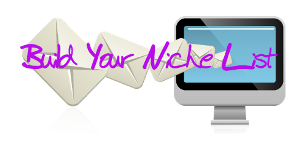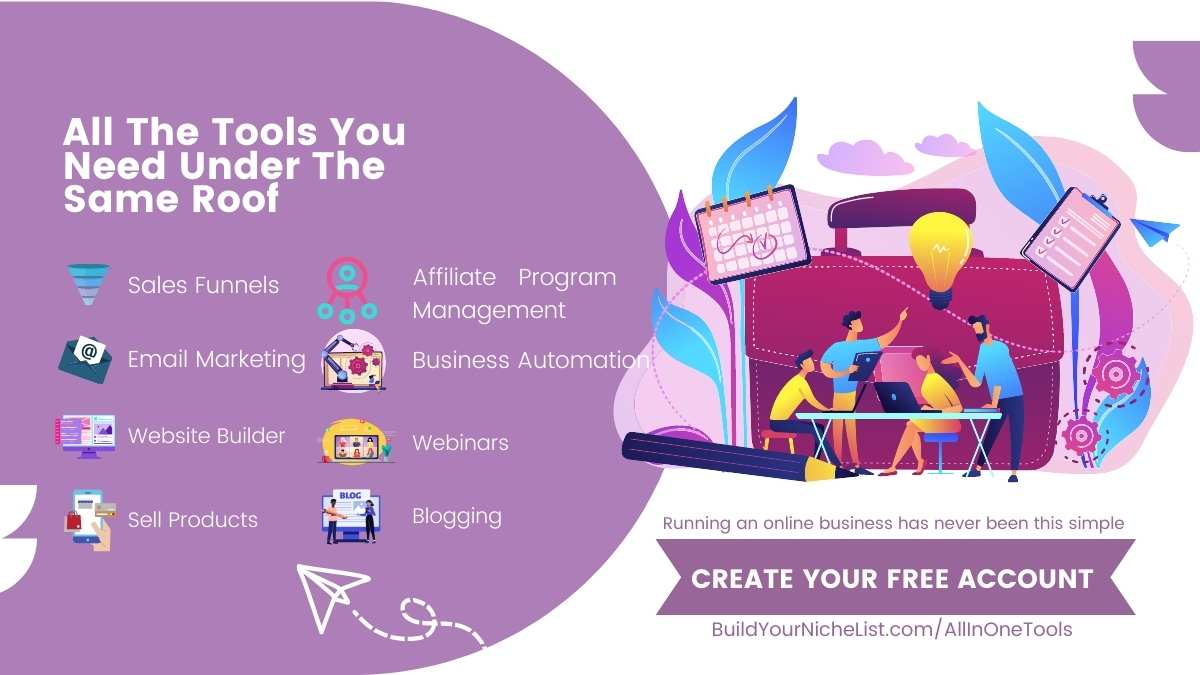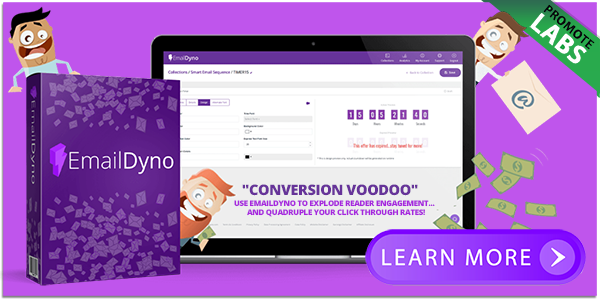According to a recent study, which examined a huge swath of literature on Small and…
The Only 3 Systems You Really Need For A Successful Blog
[ad_1]
Do you ever wonder how some of the bigger blogs always seem to have it all together? They publish posts regularly, they post to social media, they bring in new traffic, have a newsletter that goes out at around the same time each week, on and on.
The reason theses bloggers see such success is because of the solid systems they have in place. Today we’re discussing the 3 systems you need to successfully run a blog!
Social Media Accounts
Judging by the number of social media platforms out there, it’s pretty clear that being social accounts for a huge amount of all time spent online. While it’s generally not a good idea to base your entire business on any social media platform, it is a necessary part of your overall success.
Not all social media platforms are created equal though, and not all of them will be suitable for your business type or audience. Your market might love Pinterest but completely avoid Twitter. They might hang out on LinkedIn but hate Facebook. They might love Facebook for groups but not participate on a personal profile.
Your job is to find out where your market spends most of its time, and establish your presence there as well. Start conversations, share your blog posts, encourage engagement, and simply be seen. This is all about discovery, so make sure your ideal client can find you on her favorite social sites.
While you’re checking out social media platforms, don’t neglect YouTube. As the second largest search engine, this is a must have tool in every blogger’s toolbox. Getting on camera is ideal, but if you’re shy, there are plenty of other ways to make video work for you, such as…
- Screenshare
- Slide presentations
- Photo montages
- Animations
Like all other discovery methods, though, video relies heavily on consistency. Don’t think you can create one or two videos and suddenly have a gaggle of YouTube followers. Instead, aim for creating at least one video per week. It doesn’t have to be long—in fact it’s probably better if it’s not—but it does have to provide great information.

Identify the top three social media platforms in your niche, and set up or update each of those accounts.
Free Webinars
For list building and sales, you really can’t beat the power of a webinar. They give you the opportunity to:
- Introduce yourself to a previously unknown audience
- Prove your expertise by sharing valuable information
- Grow your mailing list by partnering with a colleague in a complementary niche
- Make sales through time-limited offers
Not only that, but once you’ve created two or three presentations, you’ll always be prepared to speak, whether at a conference, a telesummit, a podcast, or anywhere else your audience is.

Create your “go-to” presentation and schedule a free webinar for your audience. Be sure you have your goal clearly in mind as you’re creating your event.
Publish a Book
When it comes to getting discovered, there really is no better method than to write a book. It doesn’t have to be as difficult or time-consuming as you think, either. In fact, if you’ve been blogging for a while, you likely already have all the content you need, it just has to be organized and formatted, then uploaded to your favorite self-publishing platform.
Done right, your book launch can introduce you to a whole new audience who are eager to learn more from you and order your products and services.
Brainstorm and outline a book, then set aside at least 30 minutes each day to write. With just that small amount of time, you can easily finish your first book in only two months!
Your Blog Posts
Is blogging still relevant today? That’s a question that many online business owners ask, and some will tell you that—like email marketing—blogging is dead.
Don’t believe them.
Blogging is critical for building your audience. It’s the very foundation of your discovery system, and forms the centerpiece for everything else you do online. Blogging consistently gives you:
- Powerful credibility. Everyone who reads your blog will immediately know you are the expert in your field. Think of it as your resume online.
- Great searchability. Using proven SEO strategies means your blog will rank well in Google and other search engines, putting you in front of your ideal audience.
- Your own web property. Social media and other discovery methods are important (we’ll talk about them in a minute) but they’re not yours. You don’t own Facebook or YouTube or Pinterest, and you can lose your access to them at any time. Build your business on a web property you own, not one controlled by someone else.
Here’s the key to successful blogging though: consistency. You absolutely must commit to blogging regularly.
You don’t have to blog every day (although you certainly can) but you do have to set a schedule that works for you and stick to it. To do any less is going to frustrate your readers and waste your time.

Brainstorm topics that will help grow your audience. These are the subjects your market is most interested in, and which will establish your expertise. Commit to a blogging schedule you can maintain for at least 6 months to accurately gage the response.
Once you have their attention (the “know” part of the oft-repeated “know, like and trust”) you have to foster a relationship. It’s not enough for a potential client to stumble across your blog or social media accounts, or even for her to buy your new book. You also have to maintain contact and become the “go-to” expert if you want to turn those chance meetings into sales.
Email Marketing
Like blogging, many “gurus” will tell you that email is dead. In reality, email marketing is very much alive, and is still the single best way to stay in touch with your potential clients.
But the key here is to stay in touch. You can’t simply ask for their email address in exchange for a free gift, and then only reach out when you have something to sell. Doing that is a surefire way to destroy any trust they have in you.
Instead, commit to a regular email series that provides useful, actionable advice, and little to no selling. This will train your readers to expect great content from you, and help improve your open rates. The occasional sales pitch will be received much better when it’s a part of an otherwise information-based series.
Many online businesses are even bringing back the weekly newsletter. This is a colorful, information packed email that typically contains several articles and resources, along with a “related products” section that offers a soft sell. Again, the key to this strategy is consistency, so if you do decide to launch a newsletter, be sure to commit to it for at least several months in order to better gage its effectiveness.
Commit to a regular (weekly) email series your readers can look forward to. Set this up as an autoresponder series and you’ll never have to think about it again.
Free Consultations
One way to build your audience is to network face to face at local events. No networking opportunities in your area? No problem. You can network in person by providing free consultations. In fact, this tried-and-true method is a favorite among coaches looking to grow their business.
Not only are free consultations perfect for showing your potential clients how you can help them achieve their goals, but they’re also ideal for weeding out the tire kickers. By creating an application of sorts, you can easily separate the action-takers from those who simply want to “pick your brain” or who are not committed to making the changes necessary to reach their goals.
You can also use your free consultations to determine if you really want to work with someone. Since not everyone is your ideal client, a short phone call is ideal for getting to know someone better and deciding if you want to continue the relationship.

Set up a system to offer short, one-on-one consultations. This can be through a scheduling app such as TimeTrade or ScheduleOnce, or with “open office hours” on a regular Google Hangout.
Now that you’ve got your discovery and relationship systems in place, the only thing between you and your six-figure year are more well-thought-out sales systems to handle sales, follow-ups and even customer support automatically, leaving you free to continue to grow the discovery and relationship components.
At its most basic, your sales system could contain:
- Your funnel. This begins with discovery (the top of the funnel) and continues through low-cost products and services, right down to a high-end VIP coaching program. You can use funnels for your own products if you have them and also to promote affiliate products on your blog.
- Payment system. Whether a shopping cart or a simple PayPal button, if you’re selling your own products or services, you have to have a way for people to pay you, and for them to receive their product.
Your Sales Funnel
Entire books have been written about sales funnels, but here’s the basic idea:
Your sales funnel begins with your free offers—your blog, social media updates, YouTube videos, etc. These are the things that anyone online can access at zero cost.
Following that, are your free items that require an opt-in. The cost of access isn’t money, but rather an email address. These include checklists, worksheets, video training, small reports, resource guides, etc.
Below that in your funnel are low-cost items. Depending on your market, low cost might be $7 or it might be $70. Only you can determine what your “entry-level” rate is.
Next are your mid-range products, followed by those top-end, elite coaching offers.
Ideally, your sales funnel will work in conjunction with your social media, your blog, and your email autoresponders to move people from the top through to the bottom over a period of time. If you find that people opt-in for your free offer, buy your low-cost items, but don’t purchase your higher-end products consistently, you have what’s called a leaky funnel. It simply means that buyers are “escaping” your funnel at some point. Identify where your trouble spots are, and you’ll be closer to your earning potential.

Draw out your sales funnel, with your free offer at the top (this is your opt-in), followed by your low- and mid-priced products, and finally your highest-cost program at the bottom. Do your email messages, follow-up marketing, and other information work together to move buyers through the process?
Special Offers
Again, whether you’re promoting your own products or your affiliate offerings, take a few minutes to think of a special bonus offer or two you might add when your readers make a purchase. If you’re promoting affiliate products, you could put together an extra ebook or cheatsheet or one-on-one consulting session if someone purchases through your affiliate link. Use your imagination!
If you sell your own products or services, you might consider offering a discount or added bonus for people who opt in for your email list.
Now you know how the most successful bloggers keep their blogging business running smoothly.
Which system do you think you’re going to tackle first?





